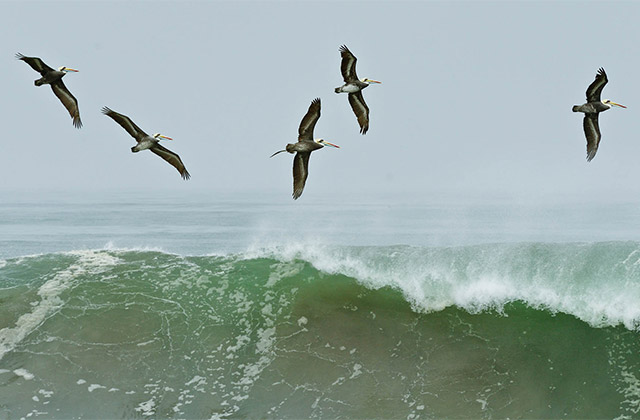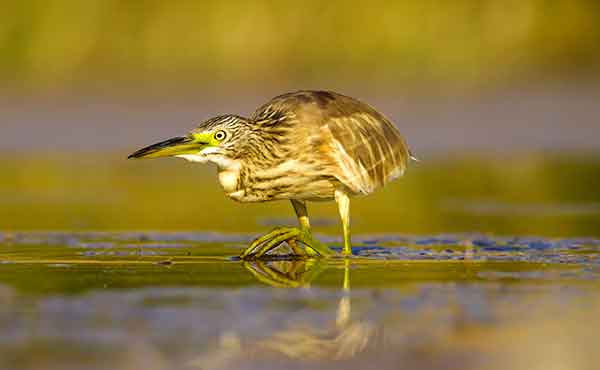
If you are a birdwatcher who loves creating images, you’ll know it can be tricky to get great shots of our feathered subjects. Fast movers and often fleetingly in view, capturing them on film (well more likely a digital sensor) can be tricky. Below are five of my top tips for getting the best from your bird photography.
1. Shutter speed

When photographing birds it’s really advisable to work with fast shutter speeds to ensure you get crisp and sharp images. The general rule is to have a shutter speed at least equalling that of your focal length, so if you’re working at 500 mm you’ll need 1/500th of a second. In honesty it’s best to play it safe and always try to have a shutter speed around the 1/1000 mark to really help reduce any subject movement as well as any camera shake and ensure sharper images. To get a faster speed, often we need to work with wide open apertures, or raise the ISO to help us maintain the shutter speed we’re after.
2. Support

When working with long lenses, supporting them is key in order to get the best sharpness in your images. Working handheld is an option in very bright conditions, but often support is highly recommended. If you are working from land, a tripod is a great option, often paired with a gimbal or fluid head to make panning and framing with your long lens a breeze. If you are working from a vehicle such as on safari, a beanbag might be a better option, as they can be positioned on the door or bars to give a solid support without taking up loads of room. Another option for working from vehicles is the super clamp, a powerful metal clamp that enables you to fix your tripod head to the bars of the jeep, allowing you more flexibility and stability than a simple bean bag.
3. In flight

Birds of course spend a lot of time in the air, unless they’re a penguin.. so be sure to get familiar with shooting flight shots. In terms of exposure, as the background is often brighter, you’ll need to overexpose slightly (often around 2/3) to ensure you capture the details in the undersides of the feathers. Autofocus in flight can also pose problems, so try using multi point or patterned AF to help you pick up moving subjects. These work with multiple areas to lock and track your subject, making the autofocus more accurate. Before you head out on a trip, make sure you get used to knowing how to switch quickly between modes, as it will enable you to react far faster when you’re out in the field.
4. The eye has it
When photographing birds one key thing is to always try and focus on the eye. Holding this in focus will create considerably more pleasing images as we have a tendency to look straight to the eye of any given subject. When composing, also try to have your subjects looking into the frame, as this will create more natural looking images than if they are looking off to the side or out of the image.

5. Add motion

As a more advanced tip, adding motion into your images can add a whole new dimension. With birds flying and moving there is a huge amount of scope for creating dramatic and dynamic shots, blurring out backgrounds and panning with the motion of your subject. Often this will require a much slower shutter speed of around 1/60th of a second, and then panning in time with the bird to maintain a uniform background blur and add to the sense of motion. If you are photographing large groups of birds, sometimes keeping your camera still (working from a tripod or support) and using a slow shutter speed to show movement of a whole flock or group, can make some different and equally pleasing shots.


